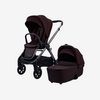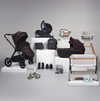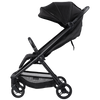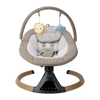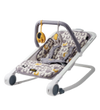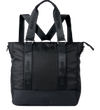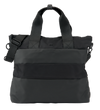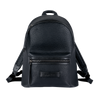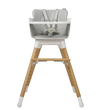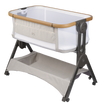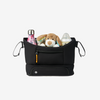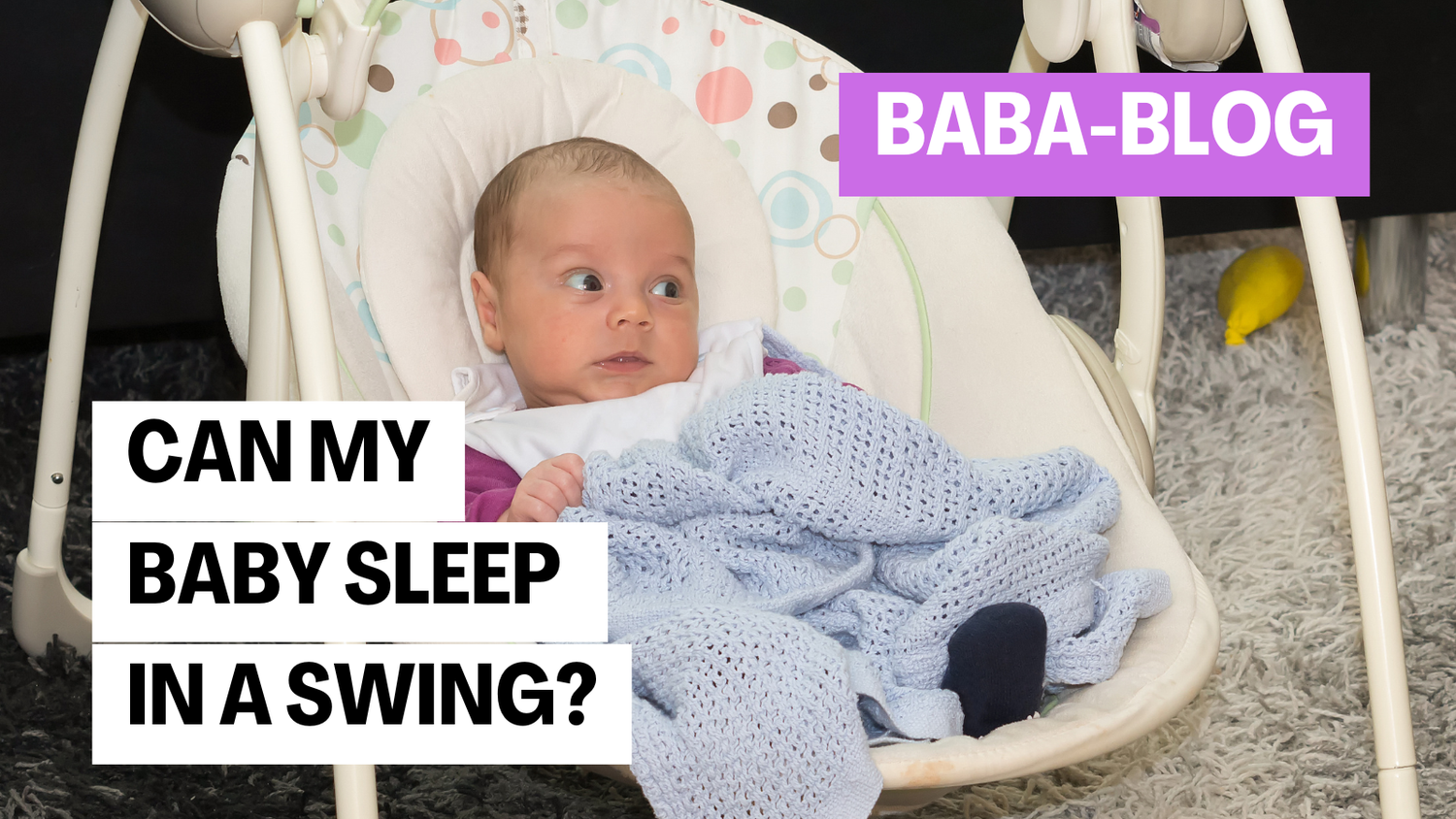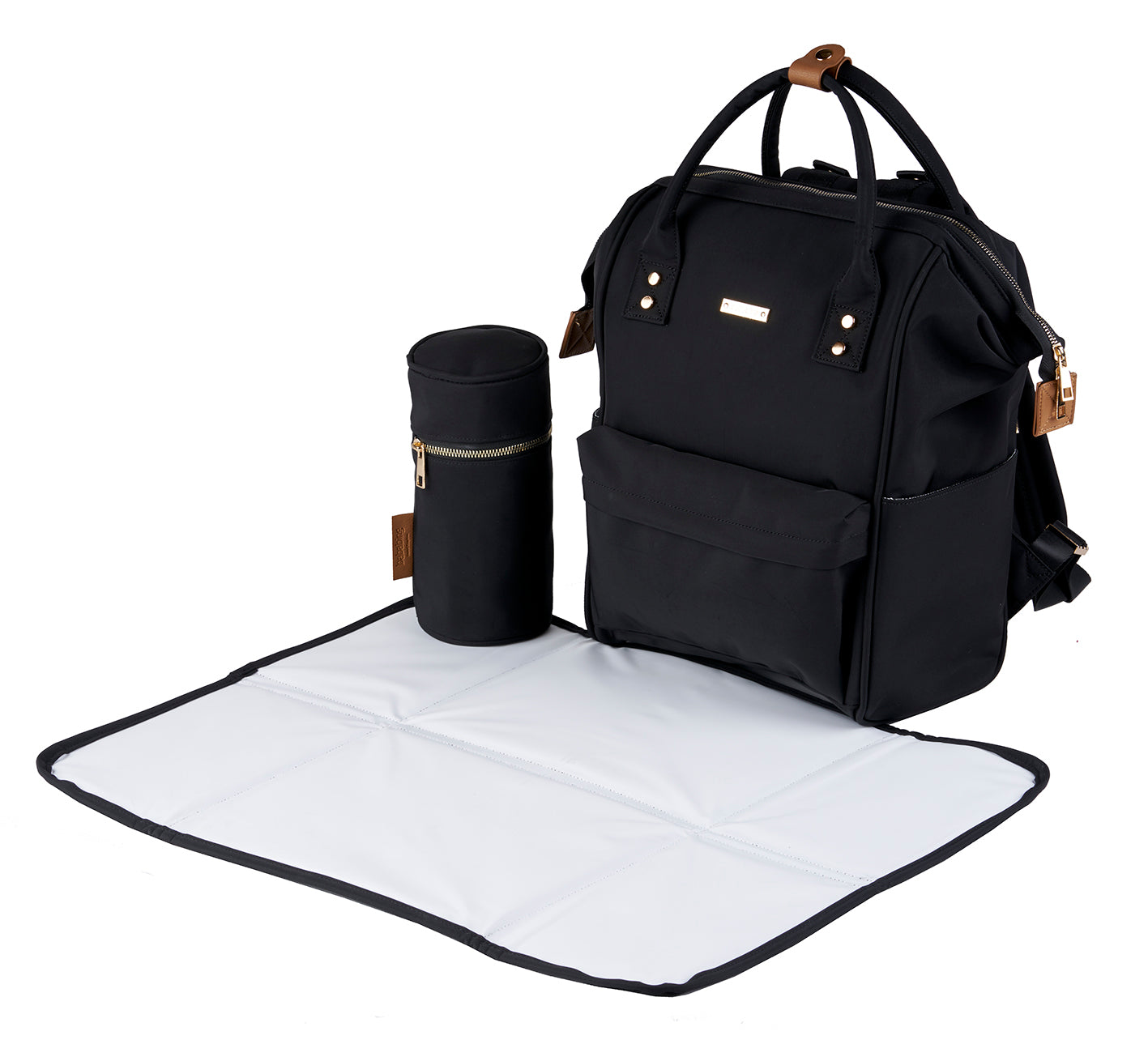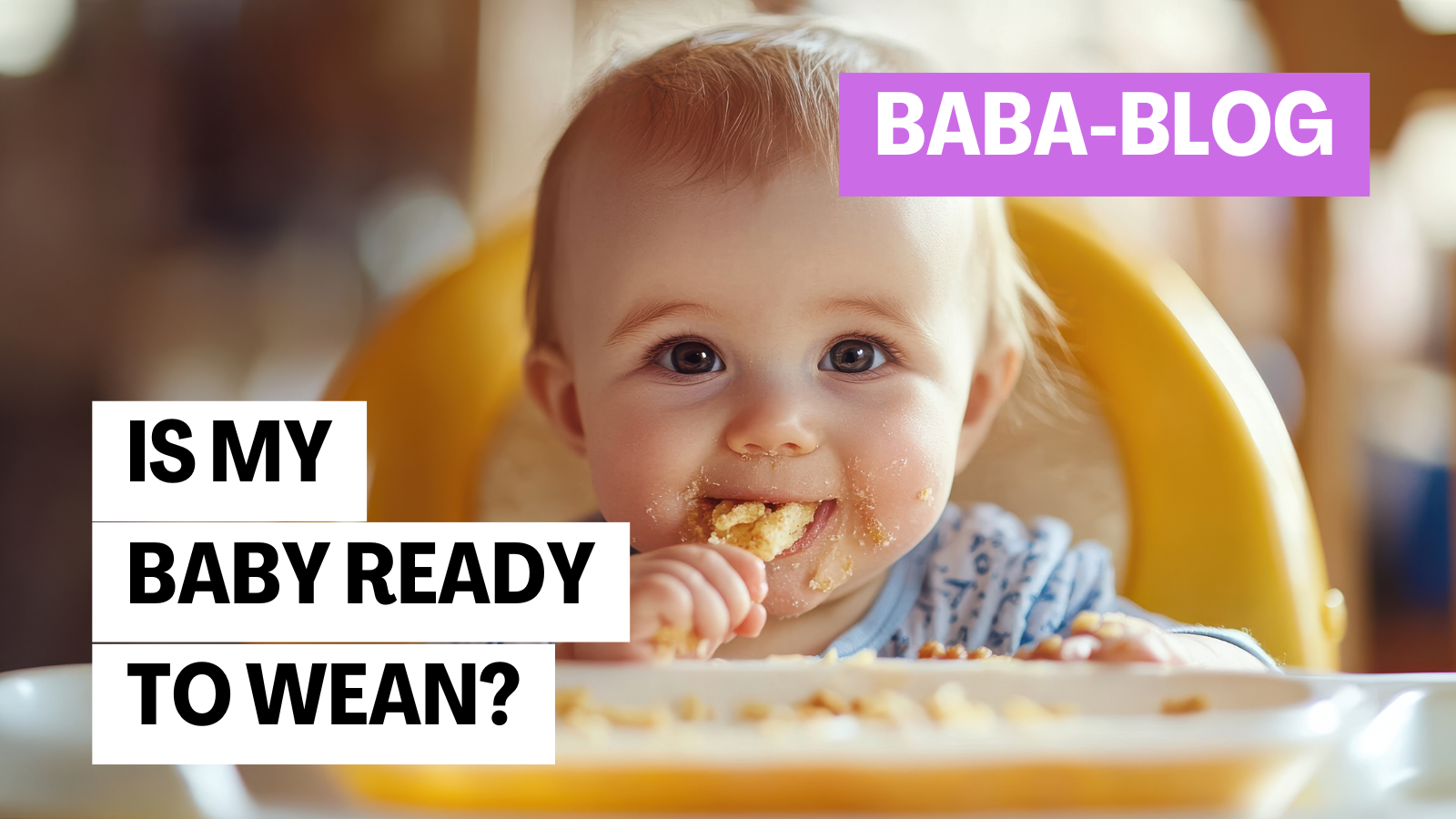If you’ve ever found yourself Googling “baby sleep in swing” at 3am, you’re not alone. Swings can feel like a lifesaver when your little one just won’t settle, rocking them into calm while giving you a much-needed breather. But while swings are brilliant for soothing fussiness, the big question remains: is it safe for your baby to sleep in a swing?
The short answer is no — babies should not sleep in swings for prolonged periods or unsupervised, as it can be dangerous. In this guide, we’ll explore the risks, share NHS and Lullaby Trust advice, and give you practical tips on safer sleep alternatives so you can enjoy peace of mind.
Why Do Parents Let Their Baby Sleep in a Swing?
If your baby only settles in a swing, you’re far from alone. Many UK parents rely on swings because:
They work quickly: The rocking motion mimics the womb, helping babies relax in minutes.
They soothe fussiness: For colicky or overtired little ones, the gentle motion can be one of the few things that calms them.
They give parents a breather: Sometimes you need both hands free — whether it’s making dinner, answering the door, or simply taking a moment to breathe.
Babies love the comfort: Padded seats, snug straps, and rhythmic movement create a cosy environment that babies find reassuring.
So it makes sense that parents might let their baby nap in the swing after a long night or a difficult day. But while swings are brilliant for soothing, they aren’t designed for sleeping. That distinction matters — and understanding why is key to keeping your baby safe.
The Safety Risks of Babies Sleeping in a Swing
While swings are wonderful for calming your little one, letting your baby sleep in a swing — even for naps — can be risky. Here are the main concerns every parent should know about:
1. Airway and Breathing Risks
Babies in swings are often positioned at an angle with their chin falling forward.
This can restrict the airway, making it harder for them to breathe — known as positional asphyxia.
Unlike adults, young babies don’t have the muscle strength to adjust their head if their airway becomes blocked.
2. Increased Risk of SIDS
Sleeping in an inclined or padded seat has been linked to a higher risk of Sudden Infant Death Syndrome (SIDS).
The Lullaby Trust, which provides UK guidance on safe sleep, stresses that the safest position is flat on the back, on a firm mattress, in a cot or Moses basket.
3. Falling Hazards
Even when strapped in, babies can slump sideways or slide into awkward positions.
As they grow and wriggle more, the risk of twisting out of the harness or tipping the swing increases.
4. Overheating
Many swings are cushioned and cosy, sometimes with blankets or inserts.
These soft materials can trap heat, increasing the chance of overheating — another known SIDS risk factor.
5. Not Tested for Sleep Safety
Baby swings are designed for short play or soothing periods.
They are not safety-tested or approved for prolonged sleep, unlike cots, cribs, or Moses baskets which meet strict UK sleep standards.
Bottom line: swings are a fantastic calming tool, but they’re not a safe substitute for your baby’s bed.
What Experts and Guidelines Say
When it comes to safe sleep, it helps to lean on the experts. Both the NHS and The Lullaby Trust — the UK’s leading charity on SIDS prevention — are clear about the dangers of letting babies sleep in swings.
According to the NHS, the safest position for your baby is always on their back, lying on a firm, flat mattress in a cot, crib, or Moses basket. They also advise that the sleeping space should be smoke-free and kept at a comfortable temperature. This guidance applies whether it’s nighttime or daytime naps. Products such as swings, bouncers, and car seats are not considered safe places for babies to sleep because of their inclined angle and padded design.
The Lullaby Trust echoes this advice, recommending that babies sleep in the same room as their parents for the first six months, but always in their own separate space. They stress that naps should follow the same safe sleep rules as nighttime rest, and that products not specifically designed for sleep — such as swings — should never be used as substitutes for a cot.
It’s also important to note that swings are tested for soothing and play, not for prolonged sleep. Unlike cots and Moses baskets, they don’t go through UK sleep safety standards, which is why no manufacturer recommends them for overnight use.
In short, the experts agree: swings are brilliant tools for calming your little one, but once your baby nods off, the safest choice is to move them onto a flat, firm sleep surface.

How Long Can a Baby Stay in a Swing?
Even if you understand that swings aren’t safe for sleep, you might still wonder how long it’s okay to use them during the day. The reality is that swings are best used in short bursts. Most paediatric experts suggest limiting swing time to around twenty or thirty minutes at a stretch, and always under supervision. The purpose of a swing is to soothe or entertain your baby, not to replace their cot or crib.
If your little one drifts off during that time, it’s important to move them onto a flat, firm surface as soon as you can. Think of the swing as a temporary helper, something to calm fussiness or give you a moment to breathe, rather than a solution for sleep. Once your baby is settled, they’re safest lying on their back in a cot, crib, or Moses basket, just as NHS guidance recommends.
By treating the swing as a short-term comfort tool instead of a sleep space, you can enjoy its benefits while still protecting your baby’s wellbeing.
What to Do If Your Baby Falls Asleep in the Swing
No matter how hard you try to avoid it, there will be times when your baby nods off mid-swing. Don’t panic — it happens to almost every parent. What matters most is what you do next.
Here’s a simple approach to keep things safe:
Pause the swing. Stop the motion before moving your baby so you don’t disturb them with a sudden shift.
Lift gently. Slide your hands behind their head and body, keeping them snug and supported.
Transfer to a safe space. Place them on their back in a cot, crib, or Moses basket with a firm, flat mattress.
Check the environment. Make sure the room is not too hot, the sleep space is smoke-free, and there are no pillows, toys, or loose blankets.
Keep it consistent. Even if it feels disruptive at first, transferring your baby each time helps them learn that their bed is where sleep happens.
If your baby stirs or wakes during the move, try not to feel discouraged. Over time, this routine will become more natural, and your little one will adapt to the idea that the swing is for soothing, but the cot is for sleeping.
Can my newborn sleep in a swing overnight?
No. Swings are not designed or tested for overnight sleep. NHS guidance is clear that babies should always sleep flat on their back in a cot, crib, or Moses basket.
Is it safe if I’m watching my baby?
Supervision helps, but it doesn’t remove the risks. Babies can slump forward and have breathing difficulties in just seconds, even if you’re in the same room. The safest choice is always to move them onto a flat surface once asleep.
Why does my baby only sleep in the swing?
Many babies develop “sleep associations,” where they link rocking or motion with falling asleep. To change this, use the swing for soothing only and then transfer your baby drowsy but awake into their cot. Consistency will help them learn that their bed is for sleep.
What about short naps during the day?
It’s tempting to let a nap continue in the swing, but the risks are the same whether it’s daytime or night-time. If your baby nods off, transfer them to a safe sleep space as soon as possible.
How long can a baby stay in a swing while awake?
Swings are fine for short, supervised periods — around 20 to 30 minutes. Think of them as a calming tool or a way to entertain your baby, not a substitute for their regular sleep space.
Final Word: Swings Are for Soothing, Not Sleeping
Baby swings can feel like a lifesaver in those exhausting early months, and there’s nothing wrong with using them to calm or entertain your little one. But when it comes to sleep, the safest choice is always a firm, flat mattress in a cot, crib, or Moses basket.
If your baby dozes off in the swing, don’t feel guilty — it happens to everyone. The key is to gently transfer them to a safe sleep space as soon as you can. Over time, this habit not only protects your baby but also helps them learn the difference between a soothing tool and their proper bed.
Remember: you’re doing your best, and small adjustments like this make a big difference. Think of the swing as a helpful sidekick, but not the hero of your baby’s sleep routine.

